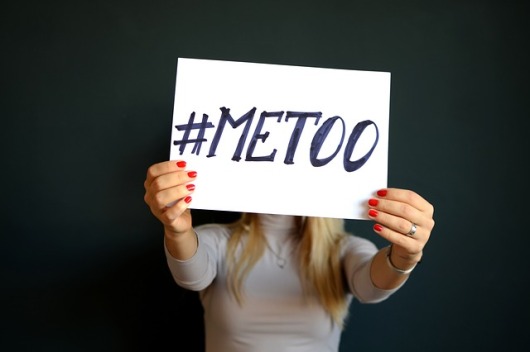Sexual harassment in science is a big topic, and a big report was released about it a couple weeks ago by the National Academies of Sciences, Engineering, and Medicine (NAS)1. It’s an impressive document, the result of a couple years’ work by an ad hoc committee whose task was to “undertake a study of the influence of sexual harassment in academia on the career advancement of women in the scientific, technical, and medical workforce.” The committee indeed does a thorough job of this in the report, including reviewing existing research and commissioning new studies (for example, one new study includes semi-structured interviews with a diverse sample of 40 women STEM faculty about their experiences of harassment). In addition, they offer a series of 14 evidence-based recommendations for organizations to help prevent sexual harassment.

Technically the final report doesn’t come out until August, but you can download the entire 311-page preliminary version (or purchase a bound copy) from this page. If, like me, you don’t have time to read the whole thing right away, I definitely recommend reading the summary on pages 1-12. A variety of interesting articles about the report have also come out, including these:
- Vox.com: 4 big takeaways from a huge new report on sexual harassment in science by Julia Belluz
- Science Magazine: Sexual harassment isn’t just about sex: Groundbreaking report details persistent hostility female scientists face by Meredith Wadman
- Washington Post: Half of women in science experience harassment, a sweeping new report finds by Sarah Kaplan & Ben Guarino
- Buzzfeed: An Elite Science Group Is Giving Advice On Preventing Sexual Harassment — But Hasn’t Gotten Rid Of Its Own Harassers by Peter Aldhous
Belluz’s article at Vox does a great job of distilling key points from the report, so that’s a great place to start. She elaborates on each point, including explanations and quotes from the report. Here are her four takeaways:
- Sexual harassment in science is common.
- Women of color and LGBTQ people were more likely to be harassed.
- The most common form of harassment in academia? Degrading jokes and comments that made women feel excluded.
- Sexual harassment in STEM can hurt women’s careers — and dampen their contributions to science.
It’s important to note that of course harassment can target men as well as women and nonbinary people. But the task of the NAS committee was specifically to investigate the effects of harassment on women in STEM, partly because, as they point out, plentiful evidence has demonstrated that the “underrepresentation of women in science, engineering, and medicine and in positions of leadership in these fields creates a high-risk environment for sexual harassment that can have negative impacts on women’s education and careers.”
Wadman’s piece in Science concludes with what I agree is another one of the most important messages of the report: “To retain the talents of women in science, the authors write, will require true cultural change rather than ‘symbolic compliance’ with civil rights laws.” In my opinion, the fact that the NAS report timing coincided with our broader cultural #MeToo movement means that we have an opportunity in STEM communities to make a genuine culture shift. I see some evidence of this happening; for example, the American Geophysical Union now recognizes harassment, discrimination, and bullying as scientific misconduct. Of course progress is never as fast as we might like.
In the Center for Sustainable Nanotechnology, we have already started discussing the NAS report and recent examples of sexual harassment and misconduct in the sciences during one of our center-wide weekly conference calls. We also have a Diversity Committee that will spend time figuring out how we can take the 14 recommendations from the report and implement them in our organization.
So, as you read more in the links above, I encourage you to think about your own experiences. No matter how strong our harassment policies and procedures are, chances are we can all learn something from the recommendations in this important report.
REFERENCES
- National Academies of Sciences, Engineering, and Medicine. 2018. Sexual Harassment of Women: Climate, Culture, and Consequences in Academic Sciences, Engineering, and Medicine. Washington, DC: The National Academies Press. doi: https:// doi.org/10.17226/24994.
